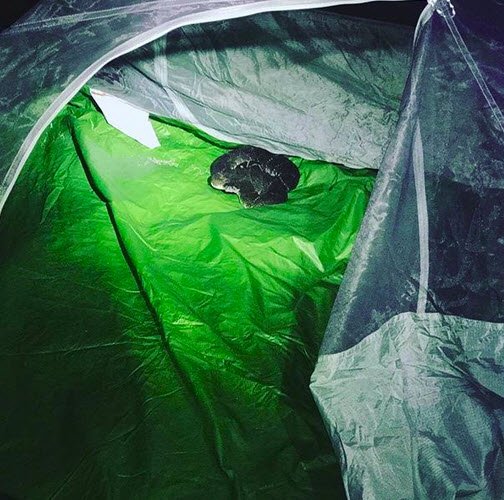Ah...snake bites....so much myth and folklore about treatment. In the simplest explanation, treating snake bites comes down to this: get the person to the hospital for anti-venom as fast as possible.
Now, along the way there are dos and don’ts which I’ll list here. I’m going to start with the don’ts as these are more likely to cause harm.
Don’t cut the wound to make it bigger. People thought it would help the venom drain out, it doesn’t. You are just cutting your friend for your entertainment.
Don’t try to suck the venom out. I mean, really?!? One it doesn’t work and two why would you expose yourself to venom and potentially have two victims?
Don’t apply a tourniquet. Tourniquets stop arterial flow from the heart to the area, they don’t do a great job of stopping the venous flow back to the heart. This is where the venom will be, in the venous side.
Don’t give the person any medications, alcohol, caffeine. The explanation requires a lot more time and space than it needs to, do just take my word on this one.
Don’t apply an ice pack. The venom will start to kill the tissue in the area and the ice will help it by slowing the body’s ability to respond to the trauma.
Don’t buy a snake bite kit.
Ok, on to the dos:
Scene Safety: make sure the snake is gone or get the person away from the snake and any other dangers.
Call for help and plan evacuation.
Start the primary survey, the ABCs (for those who have watched or been to a class, you’ll see that this is applied to everything!). If there is major bleeding apply pressure to the area. Despite the don’t above, if you need to apply a tourniquet to stop massive bleeding it is ok in this instance only. It would be rare to have the snake hit a major artery so direct pressure should be fine the majority of the time. Make sure the Airway, Breathing, and Circulation are doing their thing. The person may have fallen and hit their head trying to get away or have other injuries that need to be addressed.
Once the ABCs are done, try to keep the person as calm as possible. The slower the heart beats the slower the venom spread.
Cover the wound with gauze. Only needs to be as tight as needed for the amount of bleeding. If there is no real bleeding keep the the dressing loose.
Remove jewelry from the area that was bitten. The area will swell and this can cause other issues. Same thing with shoes, take off shoes on the affected side unless the person has to walk for evac. If you are hiking you can make a makeshift litter with branches and jacket to drag them out. Boy Scout handbook taught me this one.
Try to clean the area but don’t give it a deep clean. Takes too much time that needs to be spent getting help.
Now this all for venous snakes. If you are 100% certain that the bite was a non-venomous snake, treat the wound as a puncture wound. Irrigate and wash it out well and cover with clean gauze. Usually these aren’t deep enough to warrant closing.
Now, if you can....and I mean if....try to remember what the snake looks like. Color, shape of head, etc. Don’t try to capture it.
As you can see, snake bites aren’t treated differently than other injuries in the immediate care setting. Like most major injuries we will encounter at home or in the back country, getting help is really what the person needs. Have your trauma and basecamp first aid kits stocked and learn how to use the contents and you’ll always be able to help.
Hope this helps!!
Chris








